
Today I am coming to you with a different type of review. Whereas most camera reviews are based on a few days to weeks of shooting experience, such reviews do not benefit from prolonged shooting experience. I myself have written a number of such reviews of Leica cameras, but from time to time I have come back to re-review such cameras after many months of experience.
Time is such a valuable gauge of one’s photographic habits and needs. I am guilty of trying many different systems, sometimes to a fault. I have been an enthusiastic supporter of brands such as Leica, Canon, Nikon, Fuji, and Sony, but generally most of these camera systems come and go in the Rao household, while the Leica system stays in place. I have not spoken or written much about my lengthy experience with Ricoh cameras, which I feel are some of the most under-rated cameras out there, and which I have owned continuously for many years now. Hindsight, as they say, is 20-20, and in my home a Ricoh GR has been here all along.
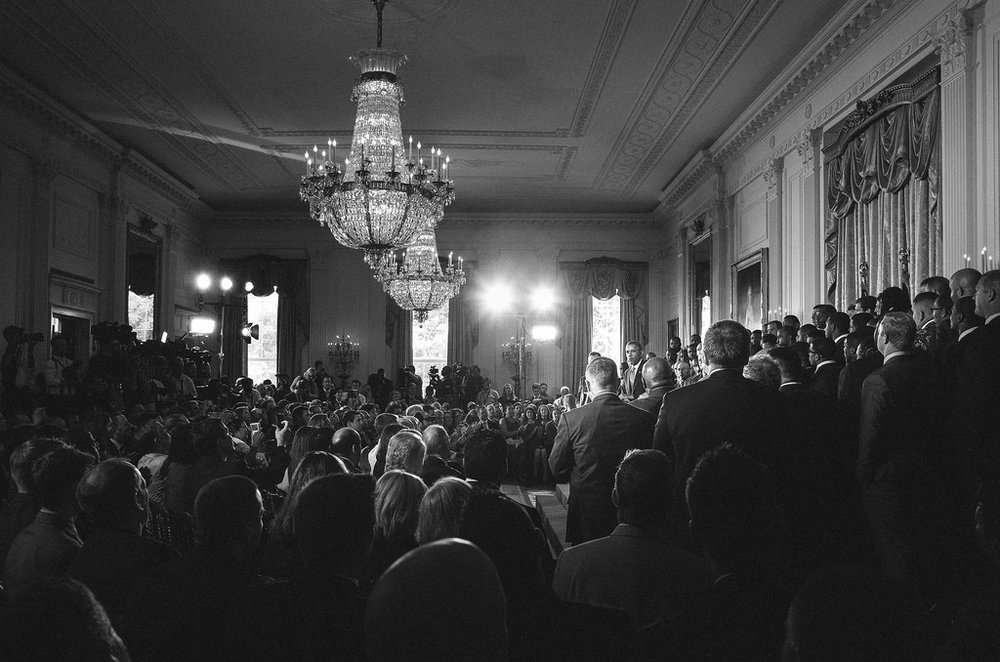
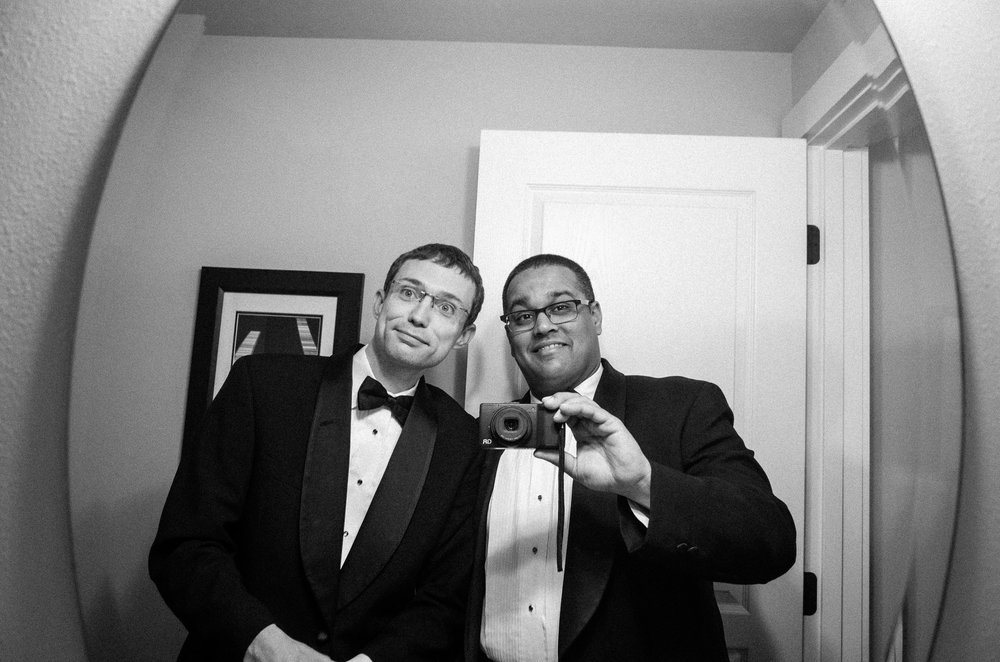
The GR system has been a near-constant companion as I have moved to and from other gear over the past four years. The compactness and form factor of the GR has allowed me to take the camera literally everywhere, and the camera never gets in the way, never weighs me down, and is always ready at a moment’s notice. Why have I yet to review a camera that I have enjoyed for four years? Maybe I simply take the camera for granted? Maybe, I felt the review window for such a camera was well past. After all, a number of talented pro photographers have already discussed the camera in detail. Maybe it is simply time to sit down and discuss the Ricoh GR, which remains one of the best photographic tools for professional photographers and photo hobbyists alike.
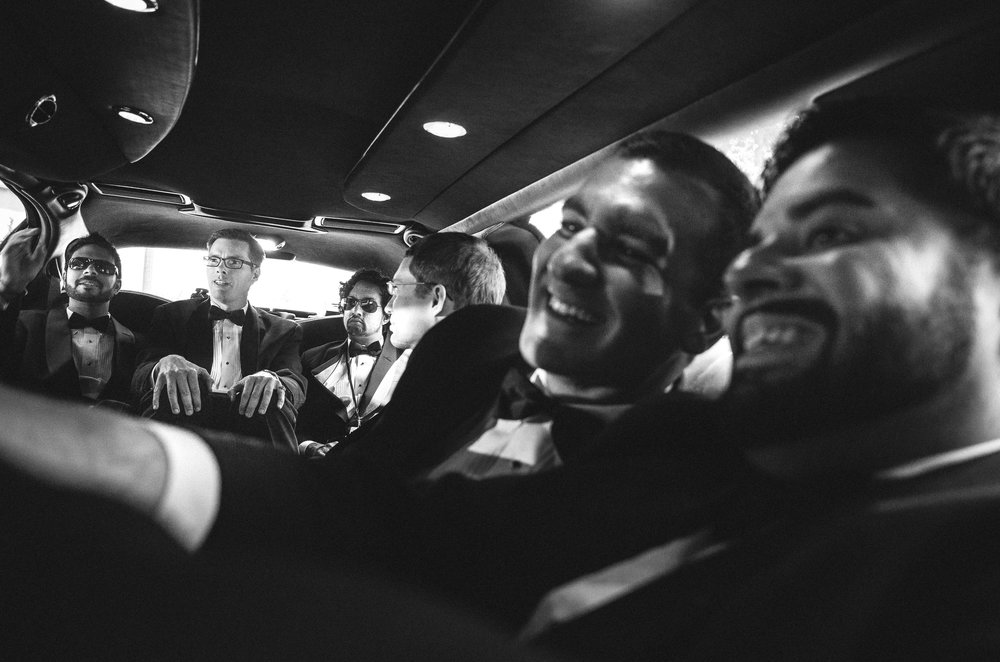
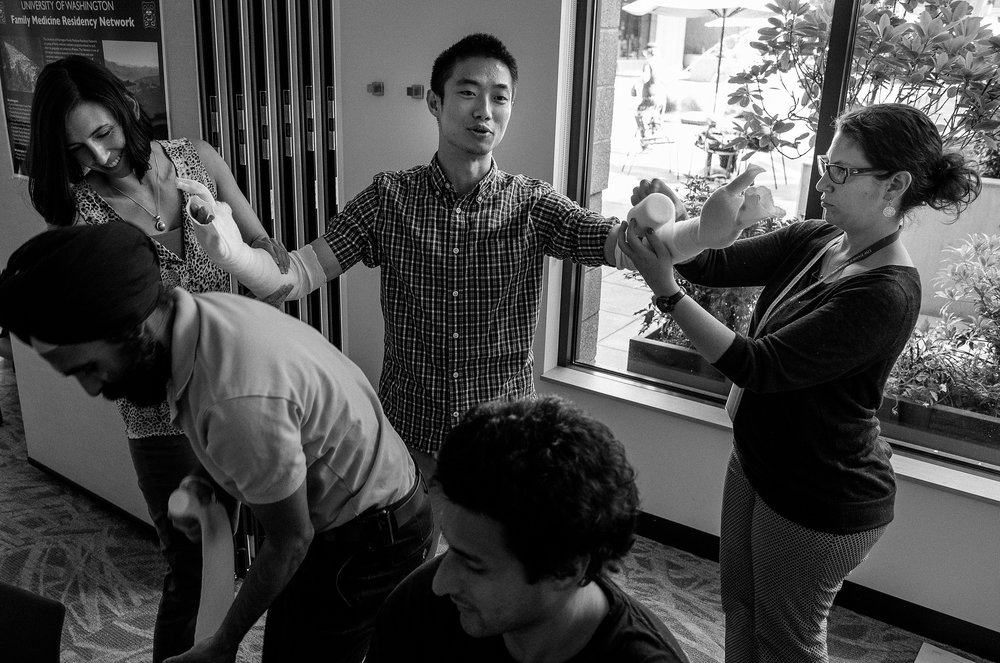
I call the Ricoh GR a “Life” camera. It is small and discrete enough to be on one’s person at nearly all times. It has been by my side at my wedding, during family trips, at work, and for social gatherings. The images I have here should give you a sense of my “life”, since the GR has been there to record some of my most special moments, from my marriage to Super Bowls to life’s gentler and more subtle moments. The form, fit, finish, and function of the Ricoh GR makes it an invaluable tool for anyone who wishes to document day to day life in its true form. I often think of the GR as an extension of my own vision, and in this manner, it has become a constant extension of my photographic style and evolution over the past four years. For those of you who welcome being challenged, who are willing to put aside their lust for the latest and greatest camera system, the Ricoh GR will suit your needs incredibly well. Read on, and let me try to convince you….
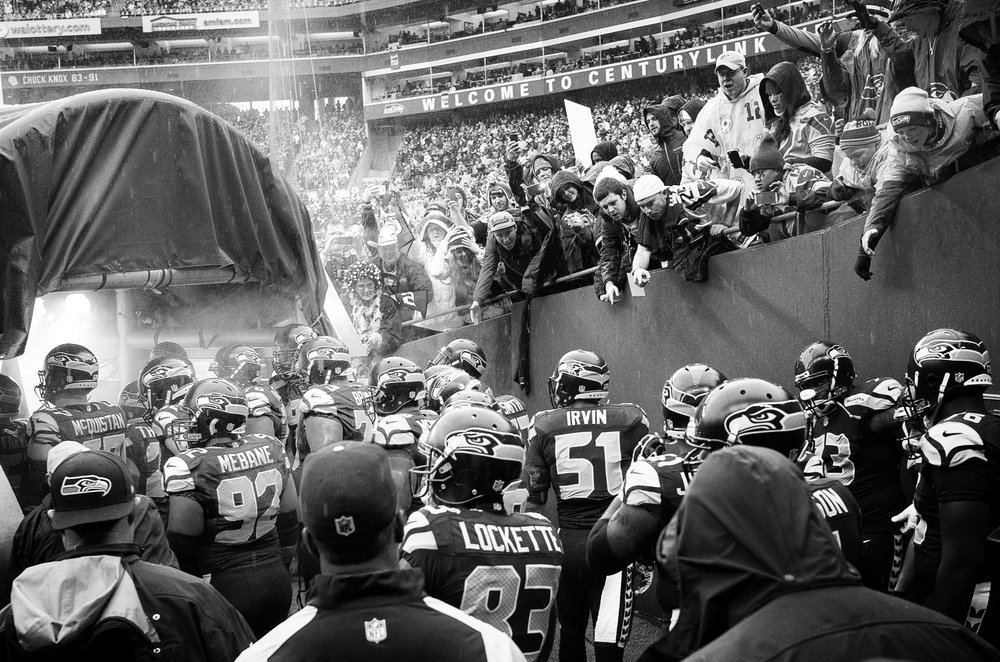

What is the GR?
By now, the specifications of the Ricoh GR and the GR2 are no surprise. The modern digital iterations of the venerable GR line sport 16 megapixel APS-C CMOS sensors and rely on an 18.3mm (28mm equivalent) f/2.8 lens. While some may feel limited by the lower megapixel count the GR’s sensor is uniquely suited to its personality. It keeps file sizes reasonable, has really solid dynamic range, has no anti-aliasing filter (hence, images produced are bitingly sharp), is capable of holding up in low light situations, and is great for color and BW imagery. Truth be told, 16 megapixel sensors will also permit prints at excellent resolution up to 13-19 inches, and one can create a nice quality print as large as 24-36 inches as long as you are not expecting medium format clout. Given that many of us would never print larger than this, the GR print and file sizes should suffice for most photographic needs.
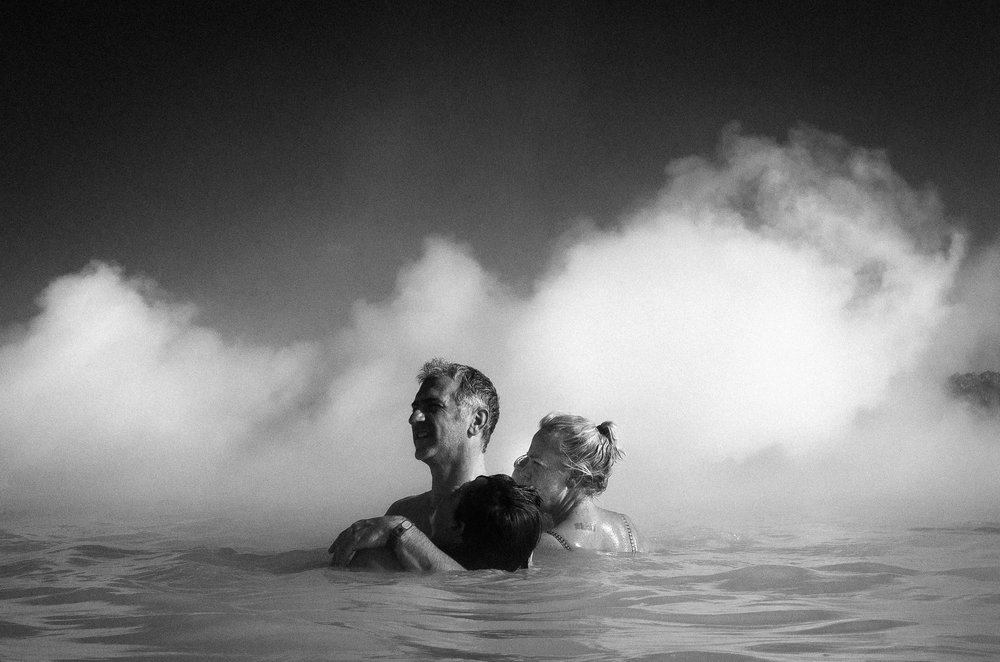
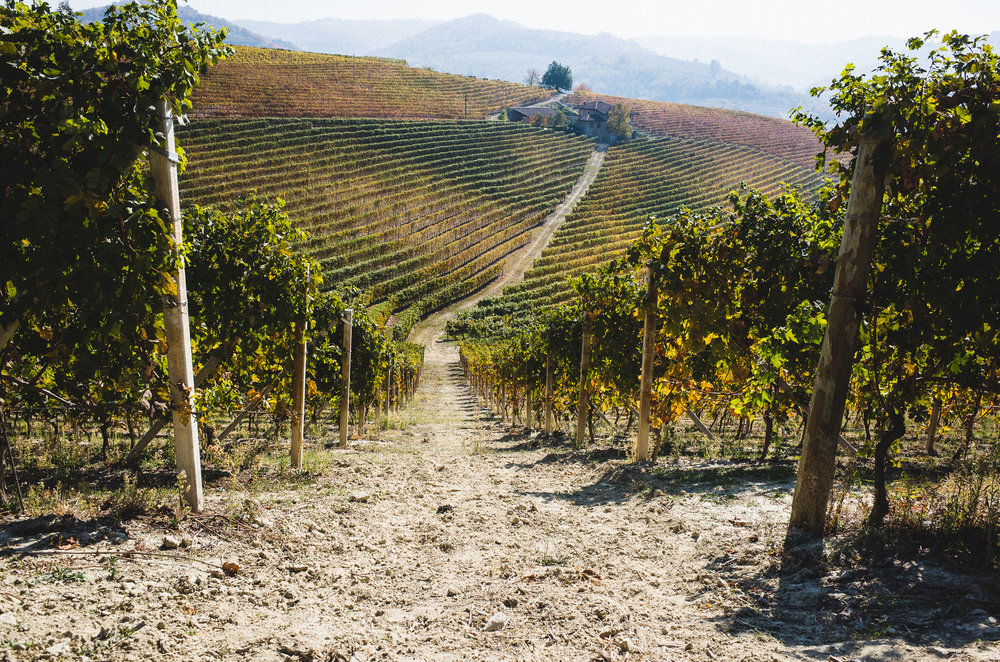
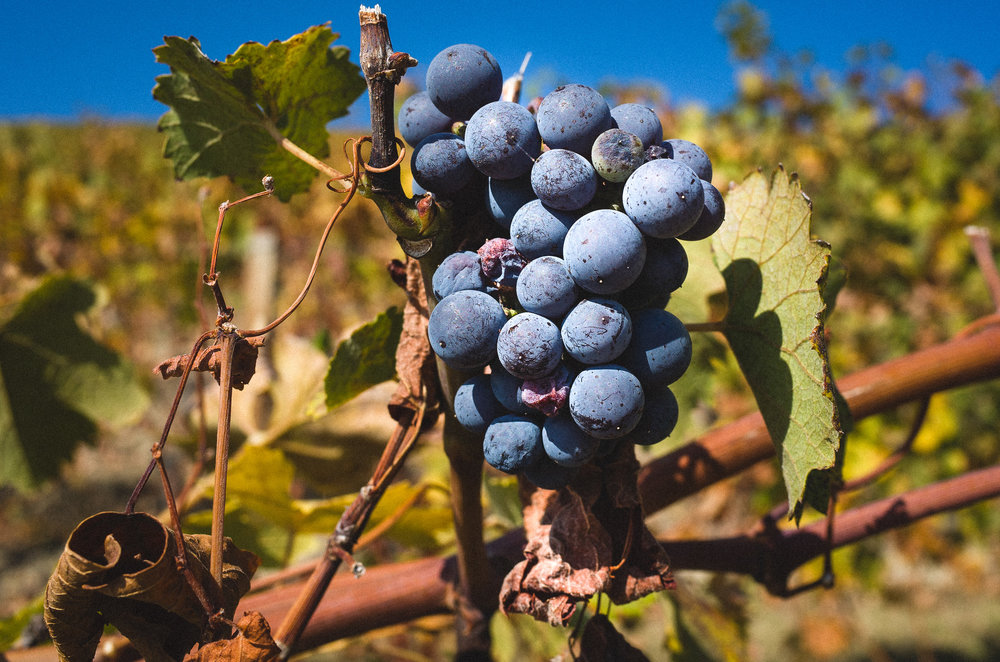
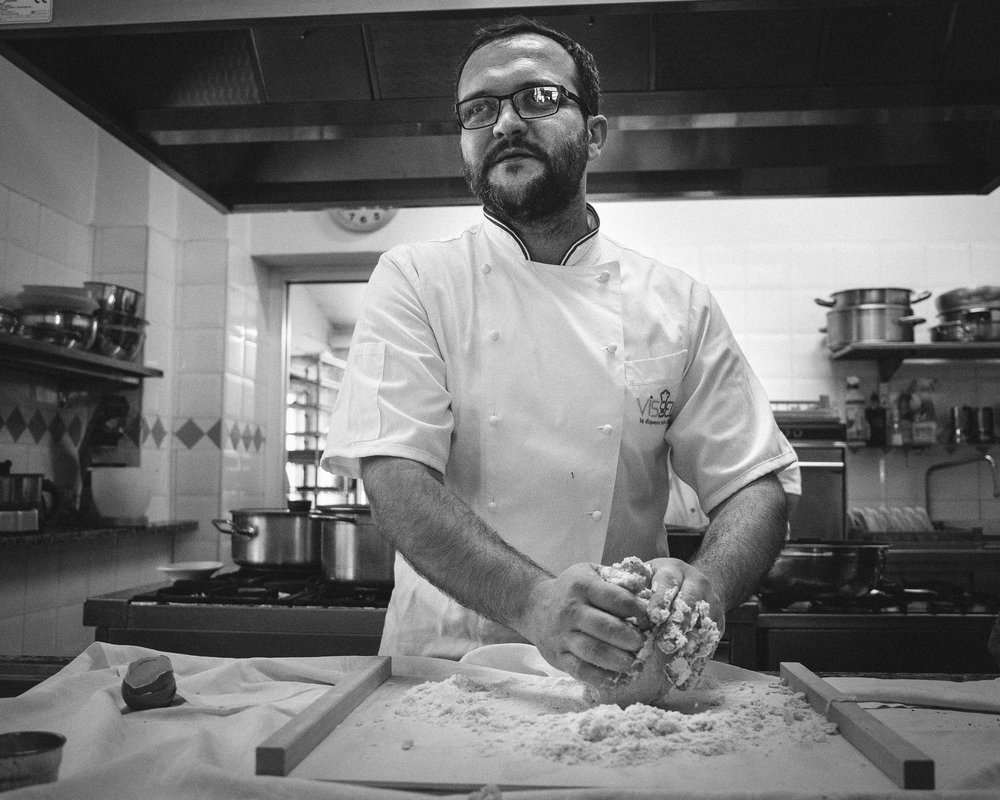
The GR has remained one of the only pocketable APS-C cameras on the market since its release. It weighs 245g, which is less than the weight of most SLR or mirrorless lenses. The camera’s 28mm-equivalent focal length makes it an ideal tool for street photography, capturing both subject and surroundings with ease, and, optically, the GR’s particular 28 mm lens is nearly unparalleled in terms of sharpness and rendering.
The 28mm focal length has become synonymous with photography with the ever-growing market of cell phone photography, as most cell phones come equipped with at least a 28mm lens, given that focal length’s for capturing life’s moments in a manner similar to the human eye’s perspective. The GR and GR2 come equipped with solid focusing algorithms that make the camera “reasonably” fast to autofocus and capture moments as they happen, particularly in well-lit settings. For those who want even more prompt focus, a “snap focus” mode allows the photographer to capture images instantaneously by setting a narrower aperture and specified focusing zone. This technique essentially allows the photographer to zone focus. The combination of the GR’s capable, large sensor, compact body, autofocus and manual focus capabilities, and customizability make the Ricoh GR a particular favorite among photographers who enjoy capturing life on the street.
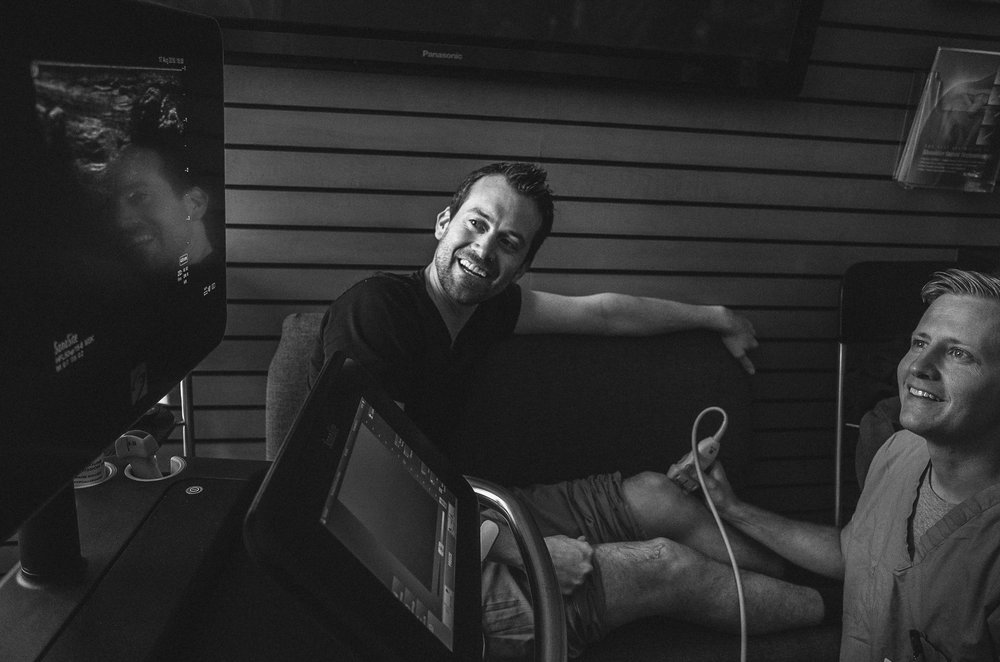
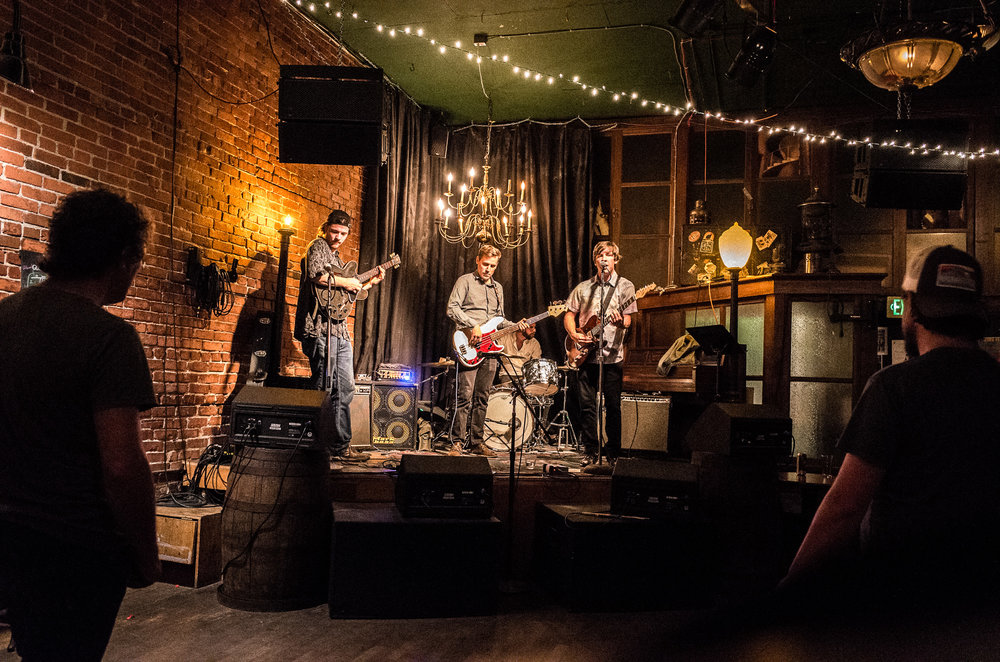
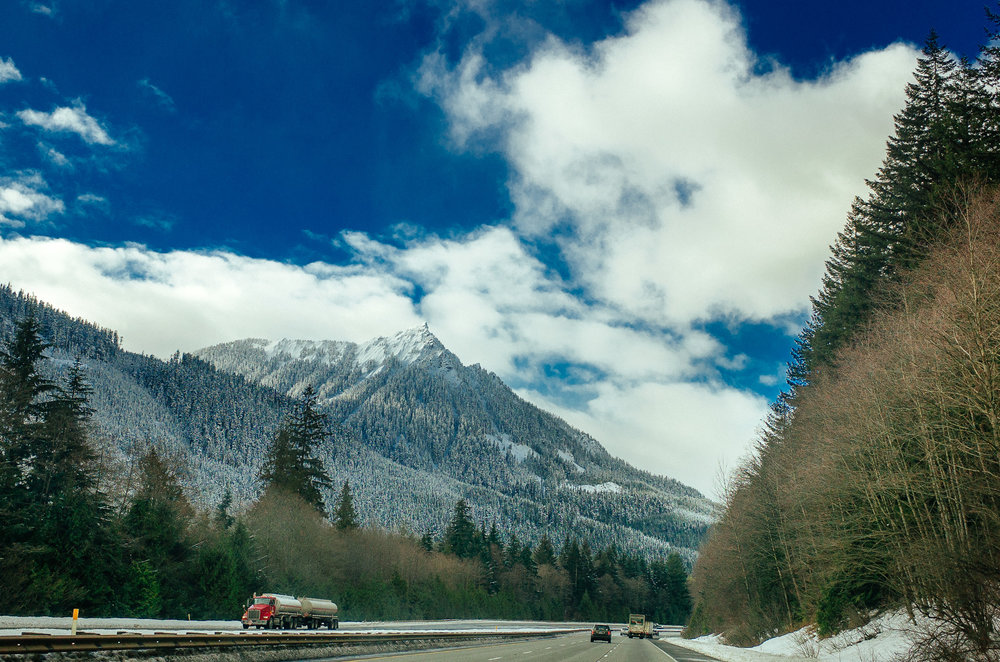
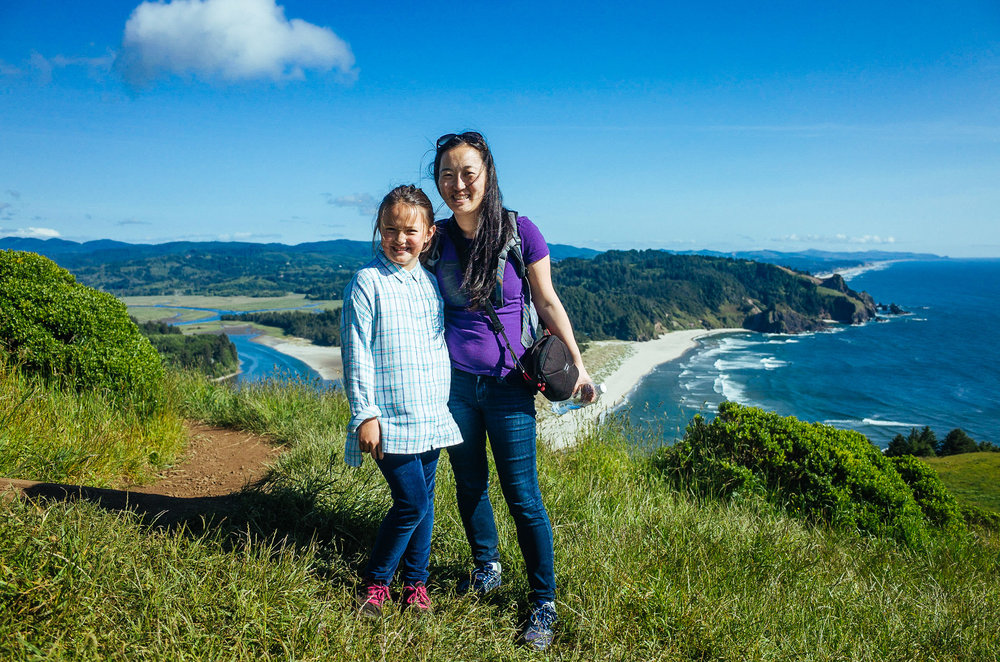
The Cult of the Ricoh GR
For those of you willing to do a deep dive online in reading up on the Ricoh GR, you will find that there’s a growing cult that surrounds the camera. The GR is revered in many circles of both amateur and professional photographers. Its imaging capabilities, clean and sharp files, its intuitive and versatile menu layout, and its fantastic abilities as a street camera have garnered it universal praise. Photographers such as Eric Kim, Ming Thein, Thomas Stanworth, and many others have put aside their SLRs, medium-format systems, and rangefinders in favor of the GR. You will read these reviews and hear of how nice it is to be limited, and how such limitations (one camera, one lens) will focus you on the subject matter. You will read that the GR gets out of the way and that its lens is unparalleled. You will read that megapixels become unimportant suddenly when you find the images that you come away with have a certain sparkle and magic….
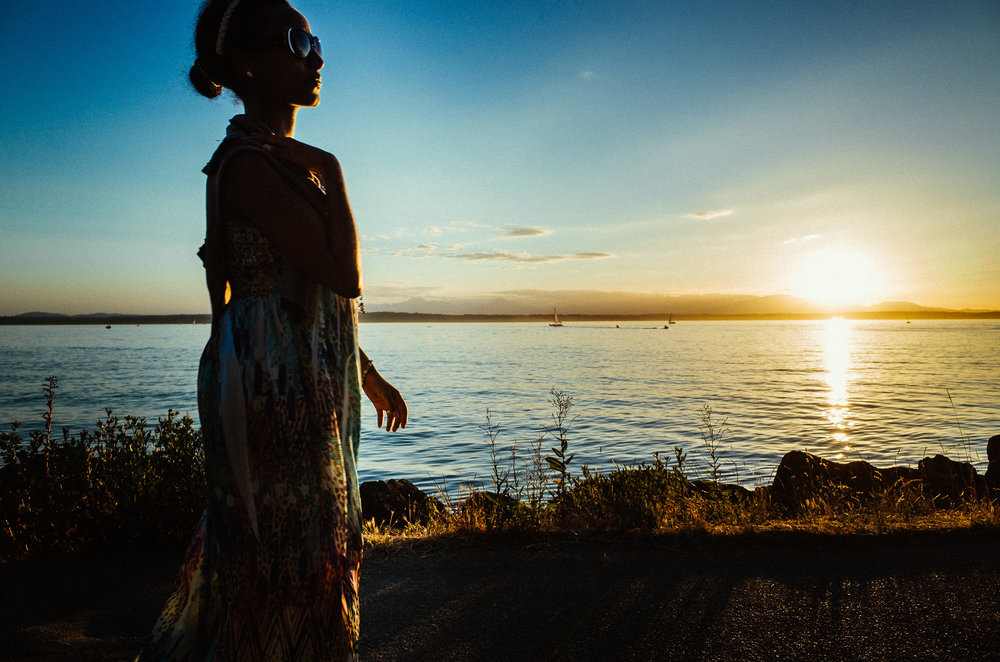

What you will also find are incredible images. Most of those who are passionate about the GR have come to it with great experience, and come away with even greater wisdom regarding their shooting style and tendencies. Their focus on technique, their ability to approach their subject without the “threat” of a larger camera tends to preserve the context of the photo. Most people being photographed will not take the GR seriously, will not be intimidated, or may not even notice the extra intrusion. The photographer becomes the observer, and the GR becomes that extra set of eyes that allows the photographer to freeze the decisive moment. The 28mm focal length requires the photographer to step into the scene, presenting its own challenges. This is not a camera for someone who wishes to observe the scene from a distance. Should you adapt to this way of seeing, suddenly the GR becomes a dynamic tool that is hard to ever leave at home. After all, it easily fits in your pocket and stays out of the way until it is needed….
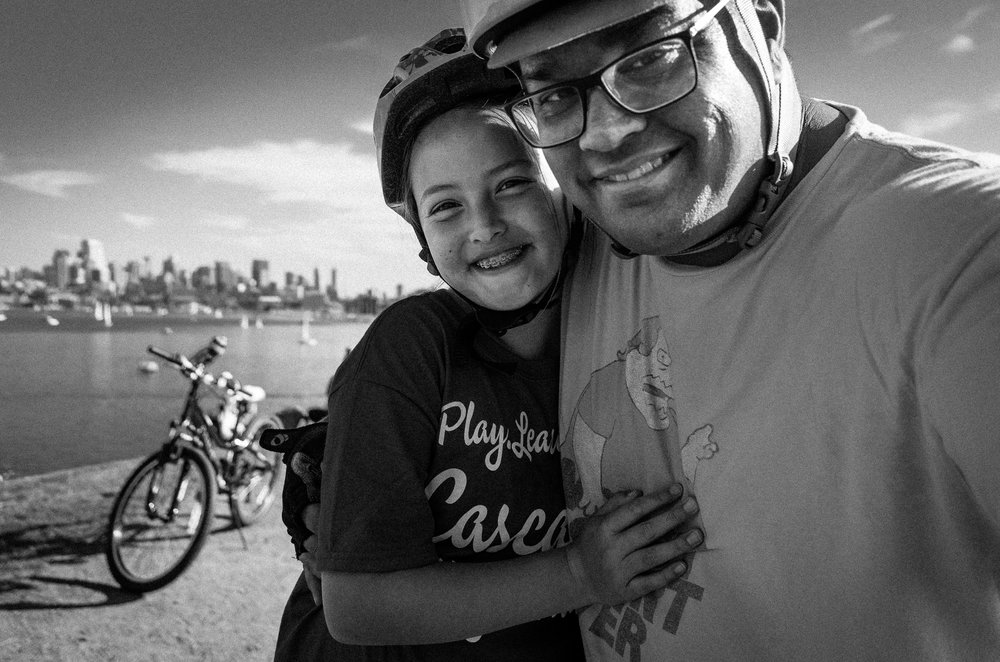

For many, the concept of the GR represents an ideal for photography. It is a discrete, powerful tool, capable of capturing moments in a dynamic, yet realistic way. Surprisingly, many cameras fail to meet the parameters that the GR handles easily, and thus, the cult of the GR lives on.
What are its strengths?
Price: The Ricoh GR is not a costly camera by the measure of most of you reading this blog. As of this writing, the GRII retails at most vendors for $560 (£519 in the UK). As it has been available for two years, demand is limited and the camera can be readily acquired online or from any number of authorized dealers.
Form factor: The GR is tiny, when compared to nearly any other APS-C camera out there. Fuji offers the X100F and X7, which are touted as pocketable, but the GR is substantially smaller. Similarly, Leica and Panasonic offer up their D-Lux and LX100, which are essentially the same camera (with different firmware), but both tout a smaller four-thirds sensor and larger body. While I would consider the D-Lux, LX100, X100F and X70 to be “jacket pocketable”, the GR is “pants pocketable” as long as you are not wearing skinny jeans.
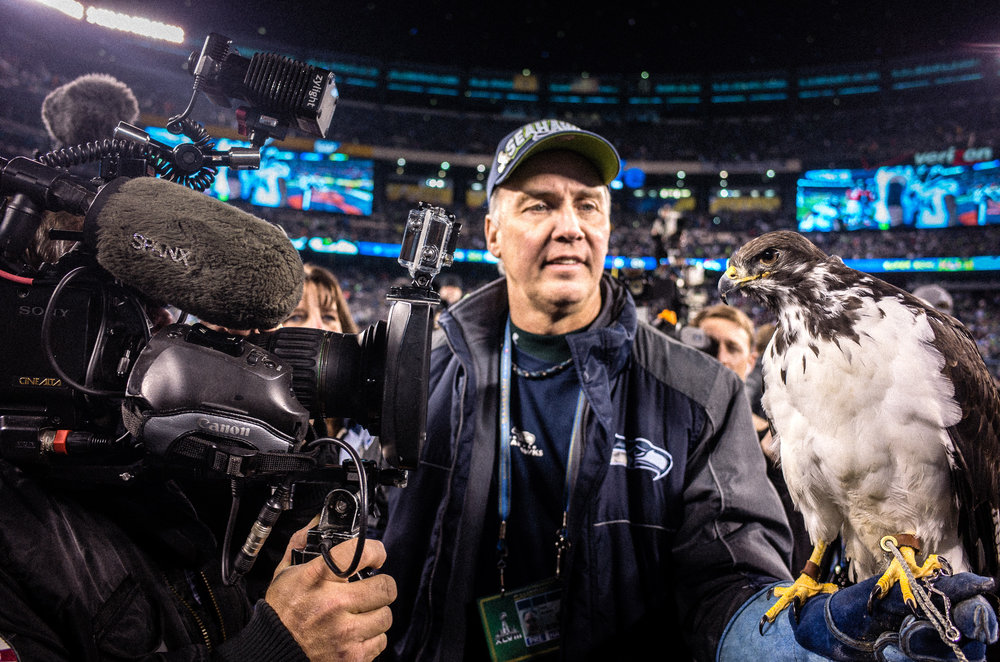
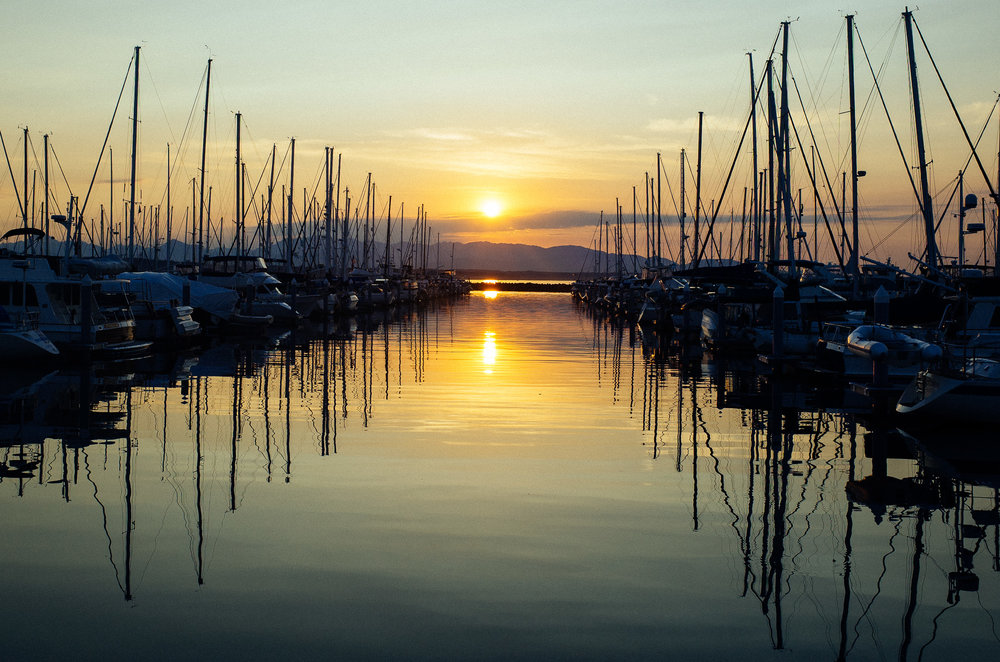
Lens: The Ricoh GR and GRII’s 28 mm f/2.8 lens is a thing of legends for those who use the cameras and know its output. Images demonstrate incredible sharpness on center even wide open, and edge-to-edge sharpness if one stops down to f/4. The lens features a 9-bladed rounded aperture, so what bokeh is possible at 28 mm is quite pleasant. Further, the lens is incredibly compact and retracts into the body when the camera is turned off, making the camera all the more compact.
Sensor: The Ricoh GR and GRII’s sensor is perfectly mated to the lens. While some might consider the sensor’s lower megapixel count to be a weakness, I find it to be well suited to its role in my kit as a companion camera. Keeping the megapixel count down a bit lends itself to a better noise profile, and the GR’s sensor noise is reasonable through ISO 3200, and images remain quite sharp at these higher ISO ranges. Further, the GR’s sensor smartly forgoes an anti-aliasing (AA) filter, thus providing an extra level of sharpness to images.
Uniqueness: Whenever I accumulate too much gear, I look for redundancies. Oftentimes, in the excitement of trying out new cameras, many of us are prone to duplicating our kit, in terms of form and function. Given the Ricoh GR’s properties (size, form, function), it is a camera without a peer. It is so small that it would easily travel alongside other, larger, “more serious” system cameras such as a Sony or Olympus mirrorless rig, a Leica rangefinder kit, or even a Nikon/Canon SLR set up. The GR is easy to throw in the bag, and if you have it, you’ll find reasons to shoot it in circumstances where using your larger kit is not possible.
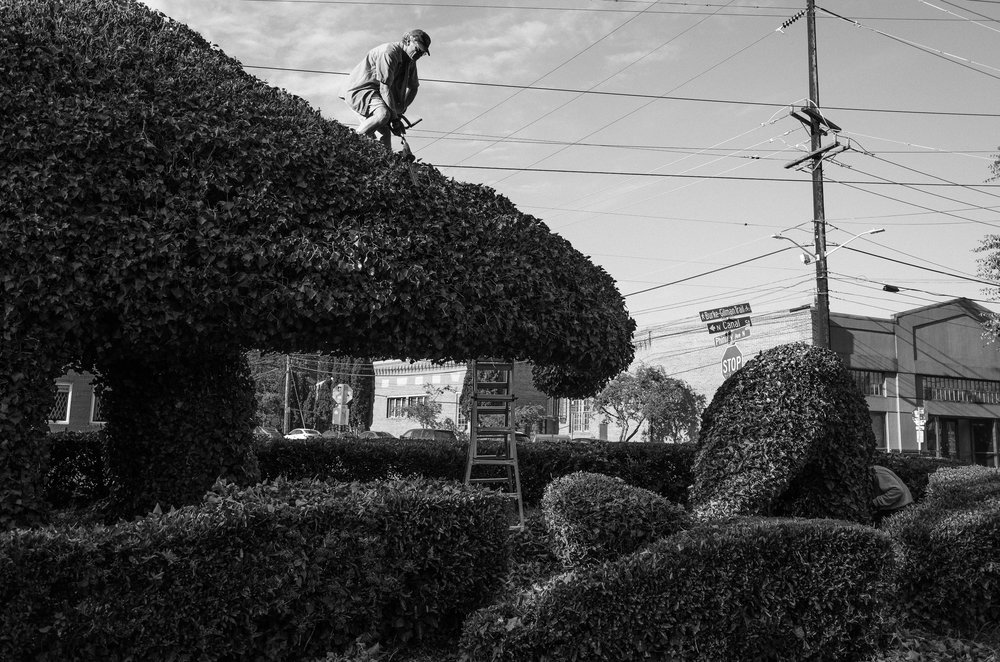

What are the hang-ups?
The 28 mm lens is not for everyone:. Well, the Ricoh GR is not the perfect camera for everyone. Many photographers are bonded to the 35mm or 50mm focal length, and 28mm does not always go over well. For example, the 28mm focal length can distort and contort portraits if you step too close to the subject. Further, the lens has a maximum aperture of f/2.8, meaning that it’s somewhat limited in poorly lit circumstances.
Autofocus: The GR sports adequate autofocus, but I would not call it fast. For fast moving action such as sports or in low light setting, it may not be able to acquire focus very rapidly. Some will perceive a subtle lag between shutter click and focus, so if you wish to avoid this, switch over to snap focus. That being said, the focusing accuracy of the GR is quite remarkable. It produces sharp images that never cease to amaze me, particularly given that camera’s seemingly humble form factor.

Sensor: We already discussed megapixel counts above, and this does not need to be belabored. 16 megapixels may be limiting to some of you, but for most, the sensor’s megapixel count will allow you to produce adequate prints at even large print sizes (13×19 inches or greater). If you must have higher megapixel counts, please look elsewhere.
No interchangeable lenses or zoom: Finally, the Ricoh GR is not an interchangeable lens camera, nor was it ever intended to be. For those of you looking for versatility of an ILC system, look elsewhere. It is not equipped with a zoom lens, and excessive cropping can lead to smaller file sizes and digital artefacts.
For me, many of the GR’s limitations are in fact strengths. The GR forces me to work within its parameters. I never have to bother with lens switches. The deeper depth of field given the focal length and aperture, force me to keep an eye on my surroundings and the context of each photo. I need to be aware of my photographic circumstances to know how to capture the moment, how to position myself, or when to hand the camera off for a quick candid of me. For me, it’s a perfect autofocus companion to my Leica M system, and for others, it will serve as a highly compact companion for those who use SLR or mirrorless cameras.
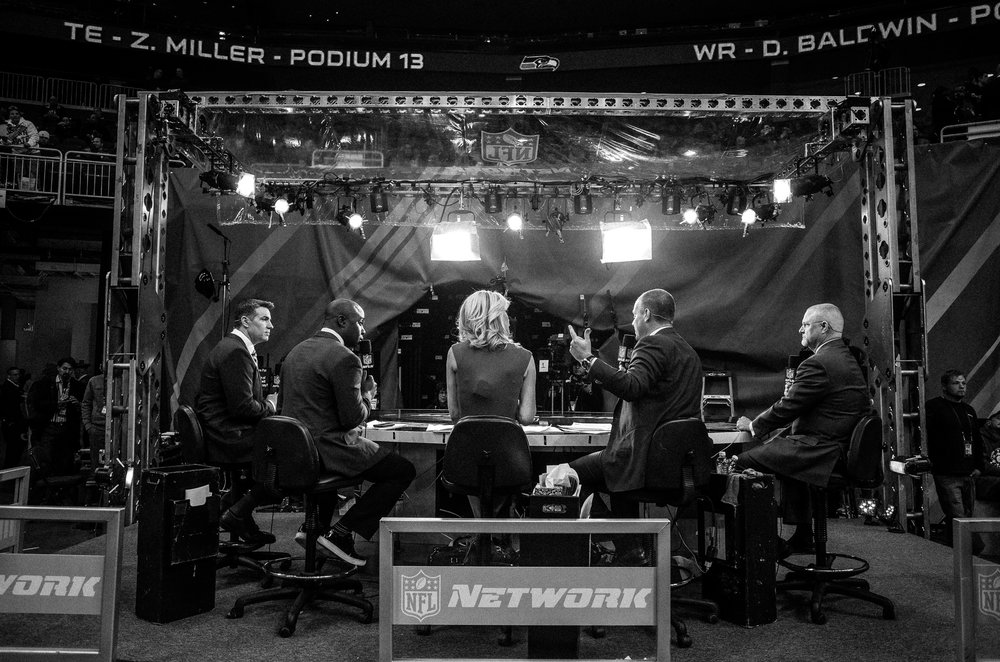
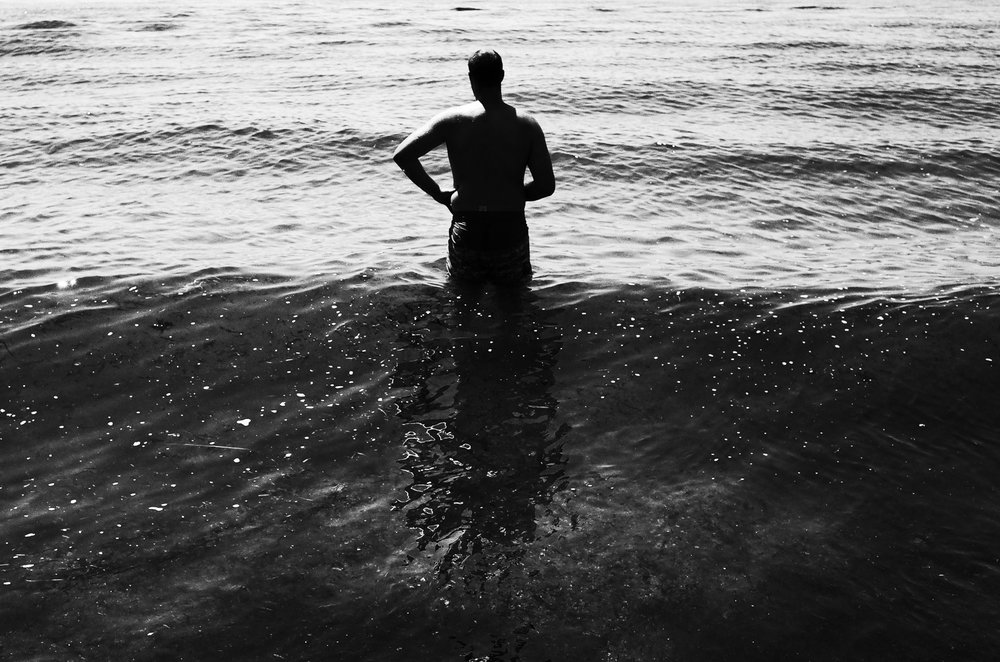
Ricoh GR versus GRII
I owned the Ricoh GR for 3 years, and for the past year, I moved to the Ricoh GRII. How are these cameras different? The cameras possess the same sensor, nearly the same build, and the same lens. The GRII incorporates Wi-Fi, which can permit remote control and operation of the camera. For those of you who use Android phones, the GRII providers NFC technology. The GRII permits a slightly faster maximum shutter speed of 1/2500 and has a bigger buffer which allows the capture of up to ten consecutive RAW files at a maximum burst rate of 4fps. While that’s not exactly the Sony A9 or Nikon D850, it will suffice for most spontaneous photographic needs.
For those of you who shoot JPEGs (I do not), the GRII offers several extra effect modes that are not available in the GR.
For my uses, the GR and GRII are essentially identical. If you happen to find a great deal on the GR that saves you a few bucks, go for that camera. At the moment, most vendors still carry the GRII and you are guaranteed a newer camera if you go in this direction.
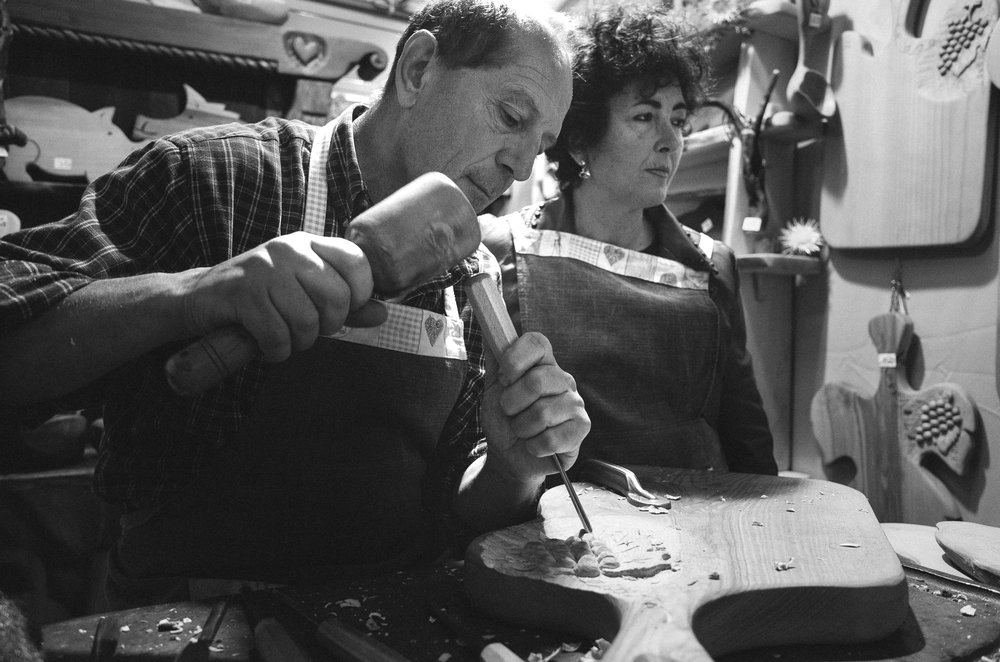
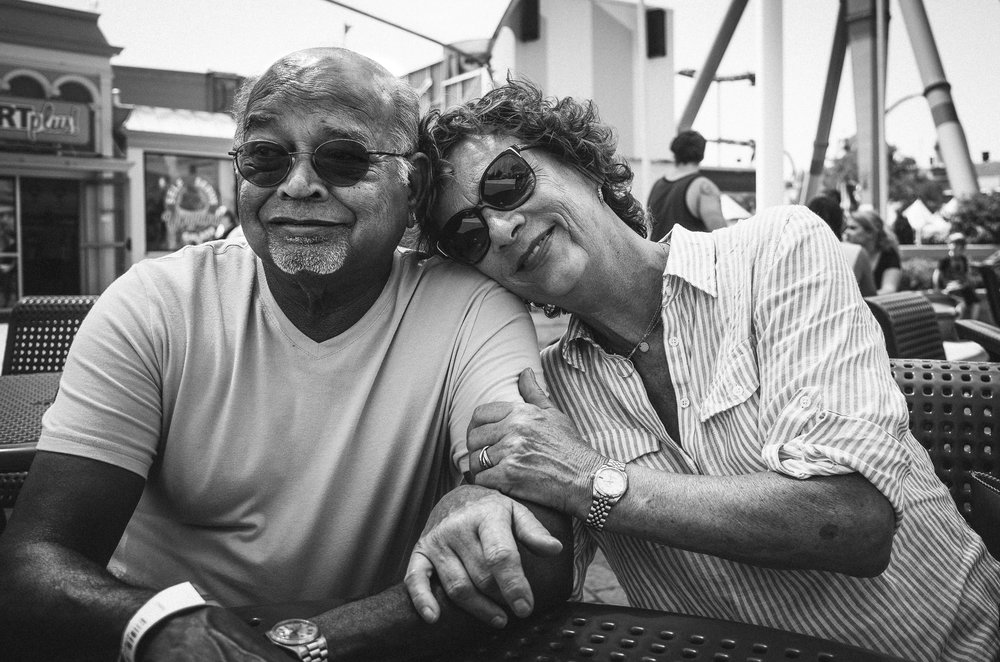
Dependability
Both the Ricoh GR and GRII have been highly dependable cameras for me over the past four years. In fact, I have never had the camera freeze up, malfunction, or have any issue at all. The cameras are durable, and their build makes them seem nearly indestructible. My cameras have ended up at the bottom of my backpack on many occasions, and they always come out unscathed.
Battery life is plenty adequate. I typically get between 400 and 600 images from a single charge, and while I keep a back-up battery available, I have rarely needed to use it.


Accessories
The Ricoh GR and GRII system includes a few accessories worth considering. For those of you who do not like to use the rear LCD screen for composition, Ricoh-Pentax offers two optional accessory viewfinders. One (GV-2) offers only 28mm frame lines, while the other (GV-1) finder offers both 21mm and 28 mm frame lines. Why would Ricoh offer two such viewfinders, you ask?
Ricoh also provides us with a GW-3 Wide angle conversion lens, which, when attached using a additional GH-3 lens adapter, turns the GR’s optic into a 21mm f/2.8 lens, at the cost of adding considerable bulk. For those of you who like to shoot wide, the GW-3 conversion lens is really good and does not degrade the image at all. It is not, however, the most convenient of accessories, and I rarely use it as a result.
Finally, Ricoh offers a few case accessories, including a GC-5 leather case and GC-6 half case. While I prefer to shoot the camera “naked”, cases offer additional protection and fashioned from leather.
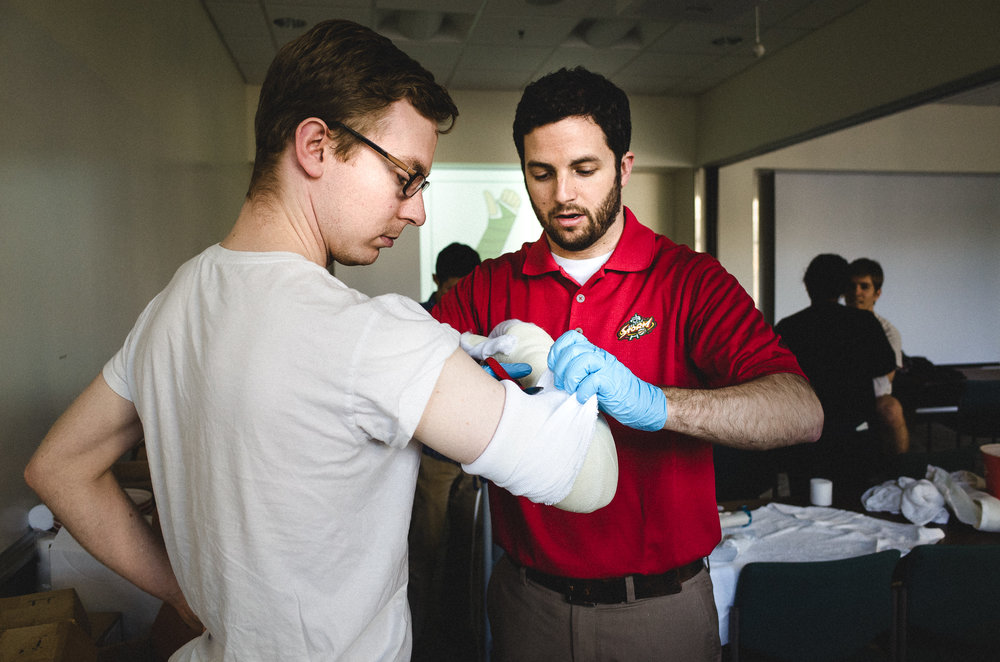
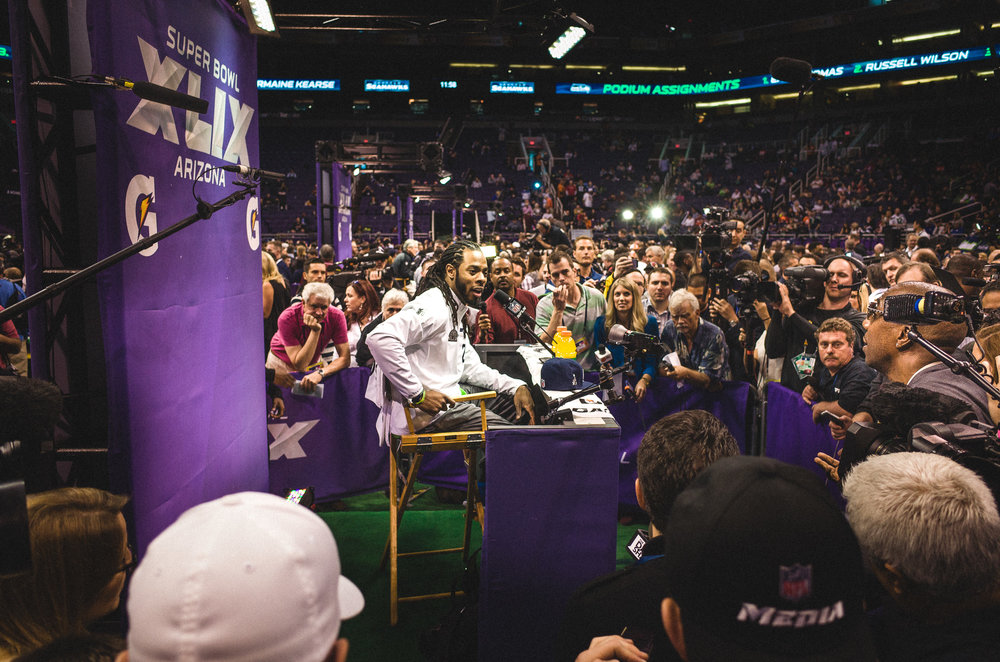
Final words
In this review, I have shared thoughts born from four years of consistent camera use. I have used the Ricoh GR and GRII cameras during this time and consider them to be effectively the same camera. The images that I have presented were all shot with the GR cameras, and I have presented both color and BW images in an effort to show you what I have written and what I feel: that the Ricoh GR and GRII are highly capable cameras that are worthy of your consideration.
Thank you as always for your consideration, and I do certainly hope to meet you down the road, camera in hand.
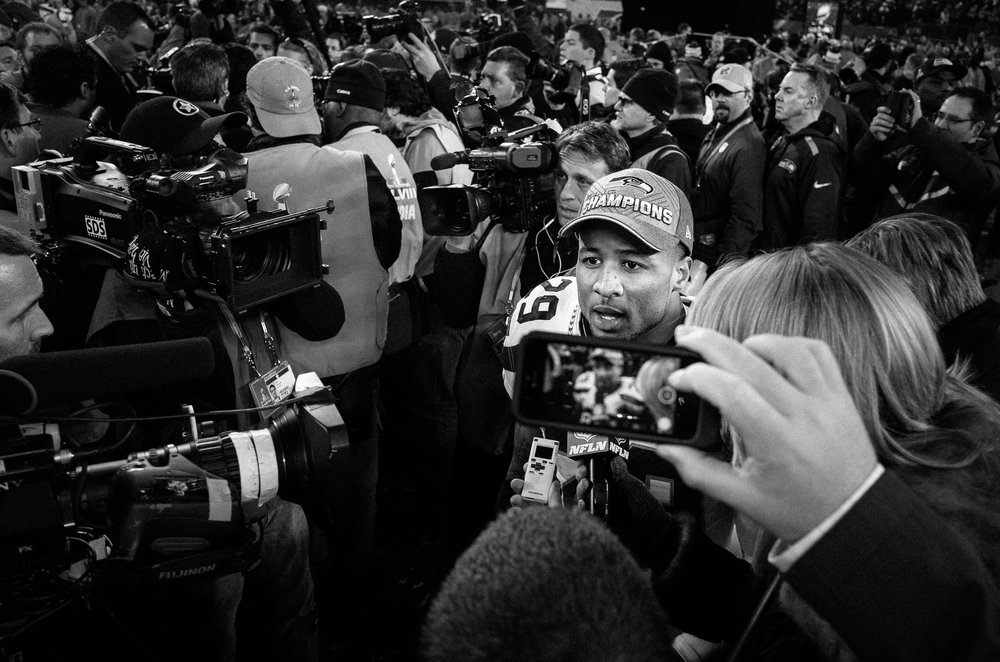
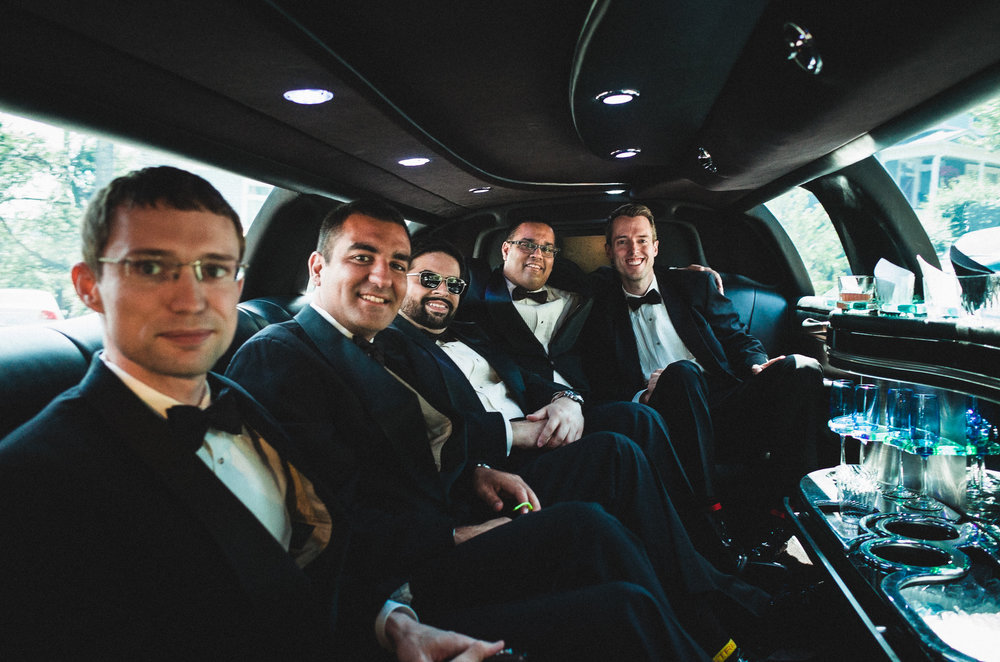

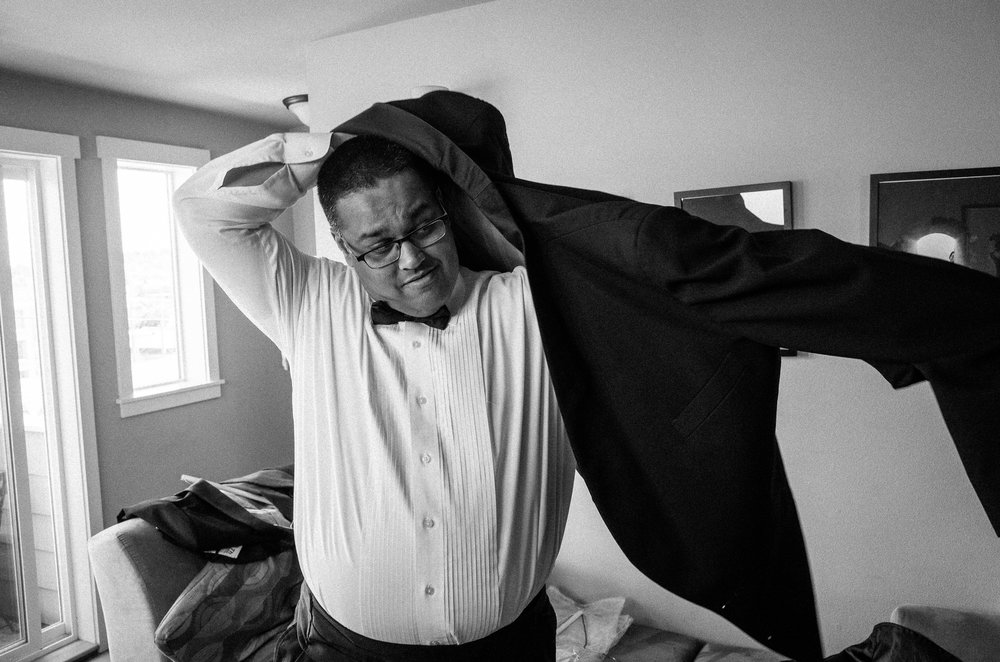
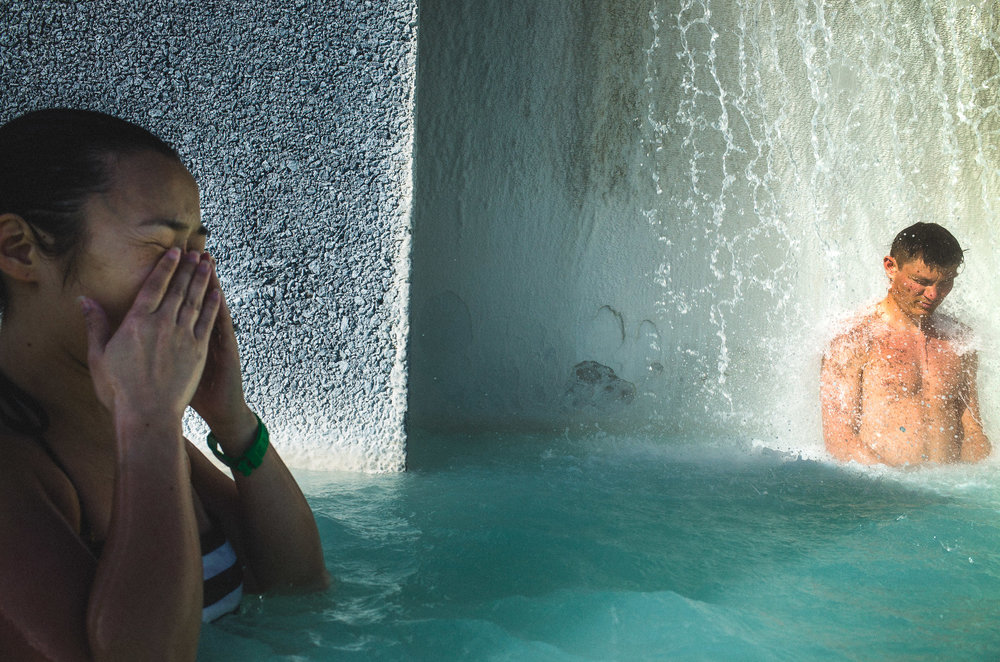
- Subscribe to Macfilos for free updates on articles as they are published
- Want to make a comment on this article but having problems?
See more of Ashwin’s photography here
Seven reasons the Ricoh GR is the perfect travel companion

Perhaps limited to the subject, but one of the best amateur modern digital photography I have seen.
Best digital B&W camera I’ve used. Color takes some wrangling, but the B&W raw conversions are sublime. So useful for so little.
I think most readers of this blog would agree with you on this. The ?Ricoh is an undersung hero and it is the camera I carry when I’m not "carrying a camera". My only gripe is that some of the controls can be fiddly, no doubt directly related to the small size of the camera. But in general this is a little masterpiece and produces such good results. It also looks so inoffensive that the user is written off as a snap-snap tourist.
I could not agree more with Ashwin’s thoughts about these cameras, which are far better articulated and illustrated than I could manage.
I have also used a Ricoh for nearly four years, first a GR and then a GR II after the original suffered damage while documenting the criminals who robbed and subsequently occupied our home. I carry it on a belt pouch, and it is small and light enough to carry anywhere – and cheap and discrete enough to use in rough situations without the worry that I would have to carry a Leica or DSLR.
I really hope that Ricoh continues to develop and support the GR series.
Mark, I hope that you made it through the criminal situation okay, and what an unbelievable experience to have to have suffered and all the while documenting it. While it’s hard to make positive from your experience, I am sure that the GR’s size kept it un-noticed. Hopefully the criminals have been caught and prosecuted.
To Alan: Could you just say a bit more about the 49mm filter and how it helps the dust problem? Surely it moves in and out with the lens? (The reduced pocketability would not worry me.) Thanks if you have time.
Thank you Ashwin. A considered review from four year’s experience is of great value in my opinion. I’ve owned a Ricoh GR for about nine months and am already experiencing what you write about. It would be wonderful if Ricoh still plan to continue with its development and resolve the only really weak spot of significance, the inspiration of dust overtime via the retractable lens mount. A workaround for me has been the permanent fixture of a 49mm filter but it does negate the GR’s pocketable feature.
Thank you, Alan! I certainly hope Ricoh continues with the line, as it’s such a wonderful tool for photography. Ultimately, this must depend on sales, etc, so while I know that there are so many uses for the camera, others may not. I am glad that you have enjoyed it for 9 months now.
Very thoughtful and thorough. Thank you.
I am also one of those who for several years has wondered whether to take the plunge with a GR or GRII. Held back by two things: (1) 28mm focal length – but that might be a valuable learning experience at a lower price than a Q, but probably I "ought" to stick with learning 35mm composition for now (X2); (2) the dust on sensor problem which crops up on virtually every long-term review of the GRII. I keep looking for someone who will tell me – in a convincing way! – that it’s not amajor hassle or expense. Then with AR’s review, which I have also read twice, there’d be no hesitation.
Thanks, Jon, for reading the article again. The 28mm focal length provides a nice new challenge and dynamic images…I learned to love it with the GR and Q, and now prefer it many times to 35.
The GR has been at the back of my mind for a few years now, but for whatever reason, most likely not being able to see one at a store, I never tried it and bought a Leica X-E (X2) instead.
I read this review on Steve Huff’s site a few days ago and then again here. Spent some time looking at the images, then read a few more reviews and looked at a whole lot more images.
I’ve also always been a 50mm shooter and while comfortable enough with 35mm never warmed up to 28mm. Much of that was due to the horrible 28mm frameline on my previous Leicas, but last year I bought a 28mm f/2 Summicron and despite the terrible 28mm frame on my Leica M-D, gradually came to love the focal length.
Last night I finally ordered a brand new GRII from B&H. I’ll play with it for a while and we’ll see if it replaces or supplements the X-E.
Thanks, Andrew. Congrats on ordering the GRII. It’ll be a great option, and far more compact than the X-E…very different feel, but really a fantastic tool!
Hi Ashwin, Excellent article, I tried to get my hands on a GR2 to try out a year ago, and struggled to even find one in a shop for sale. Plenty online, but none at retail – it was that situation that led me to buy the Leica X, that I now own.
Your images are excellent, and a pleasure to see. Thank you for sharing them, and your thoughts on this camera.
Dave
Thanks, Dave. The X is a great tool as well, and a nice 35mm equivalent compact.
Lovely photos, Ashwin. It is a pity that Ricoh does not have better distribution. I have never seen one of these cameras on sale in a store. It was also a pity that the Seahawks got knocked out (only just) of this year’s Super Bowl play offs last night. They were short of some good players, such as Richard Sherman pictured above. Russell Wilson (top photo) is probably the most exciting QB in the league and I will miss seeing him in the play offs.
Hopefully, I will see you at an LHSA event some time. My next one will be the Wetzlar trip next year.
William
William, great to see you here, and thank you for the kind words re: Seahawks. We have had a good run, and injuries do make it tough. I hope to see you at a coming LHSA!
Excellent review! Echoes my opinion based on my experiences with the Ricoh GRII for the past year or so.
Thank much!
Quality write-up as always from Ashwin.
Thank you, Jason!